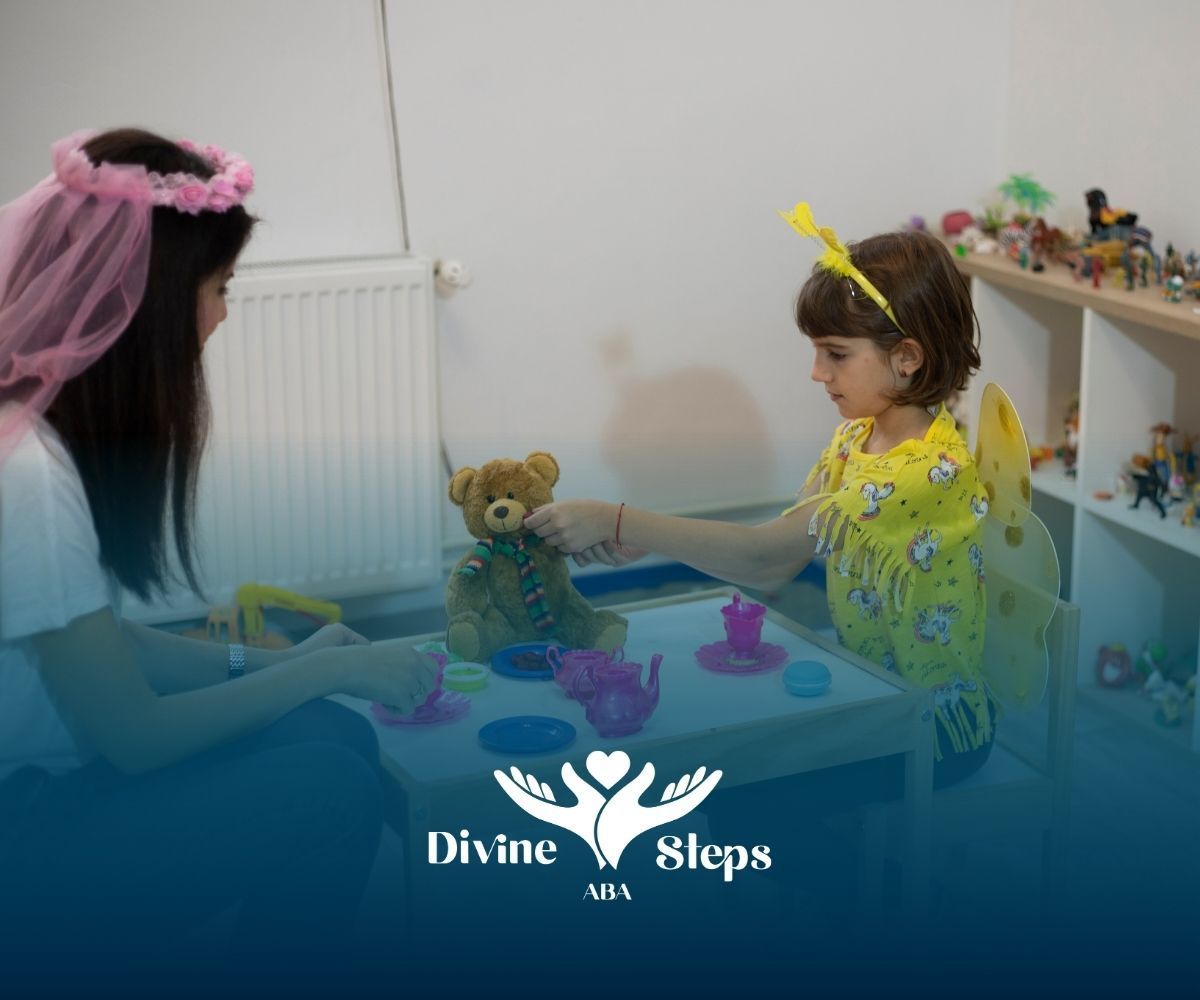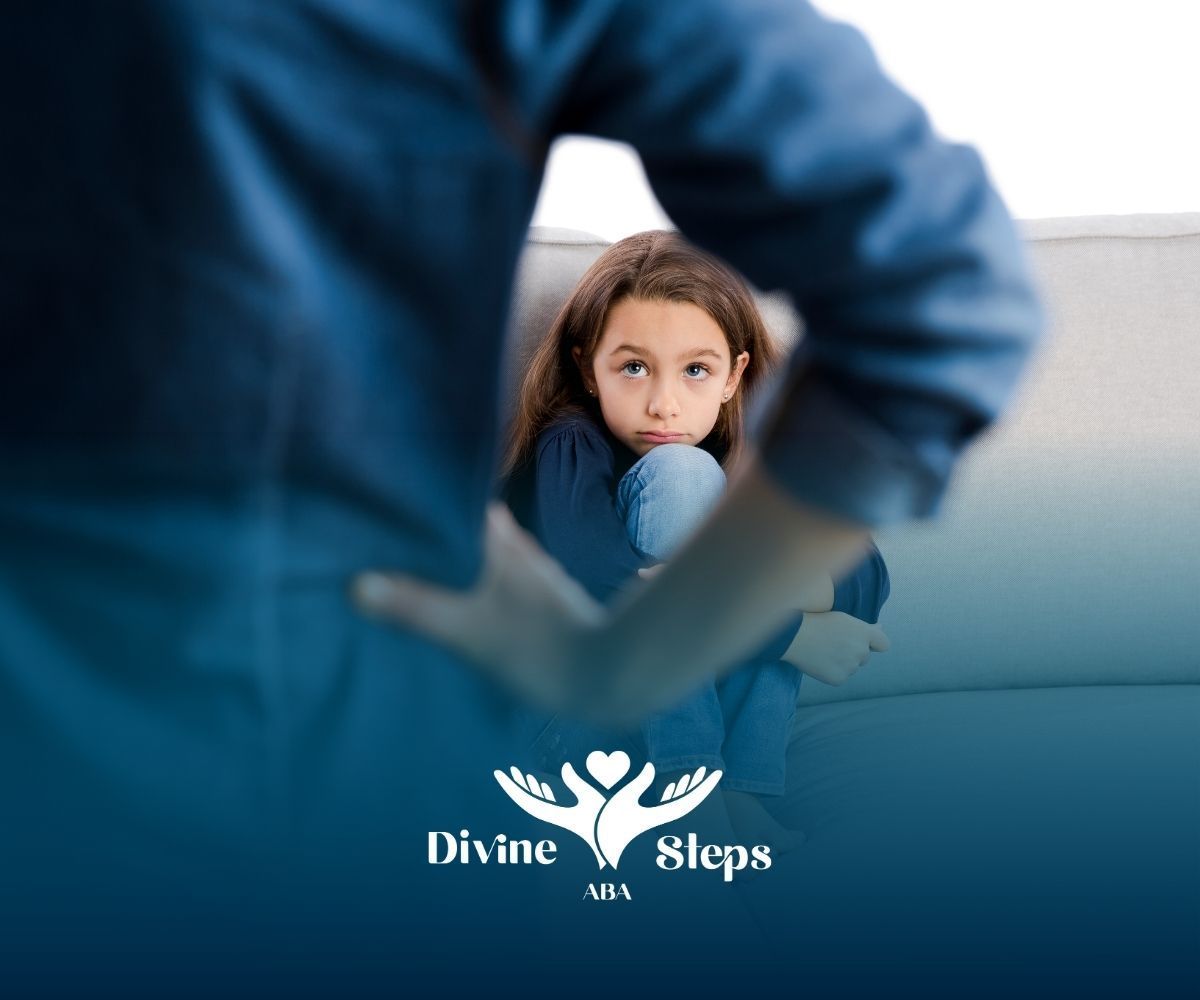Website by CWS
Essential Home Safety Tips Autism Families Should Know
For any parent, household safety is a priority. But when you’re raising a child with autism spectrum disorder (ASD), the risks can be more complex.
Wandering, sensory-seeking behaviors, and fixations can turn ordinary household items into hazards. That’s why creating a secure, autism-friendly home is essential.
I remember working with a family whose son was fascinated by fans. He would climb unsafe furniture just to touch the blades. Together, we implemented new safety locks and created a calming sensory corner.
Over time, not only did the risks decrease, but his sense of independence grew, too.
Understanding Unique Safety Needs in Autism-Friendly Homes
Creating a truly safe home for a child with autism requires going beyond standard childproofing. Parents need to consider sensory sensitivities, behaviors, and tendencies that may not be present in other children.
An autism-friendly home doesn’t just remove dangers—it creates an environment where a child feels comfortable and secure.
Why Standard Childproofing Isn’t Enough
Typical safety tools like outlet covers or cabinet locks may not be effective for kids with ASD, who are often resourceful and determined. Additional measures are often required.
What an Autism-Friendly Home Looks Like
These homes may include higher locks, reduced clutter, and calming spaces designed for self-regulation. The adjustments may look different, but they serve the same goal: safety and peace of mind.
How Autism Impacts Home Safety Considerations
Children with autism often interact with their environment differently, which changes how parents must approach safety. Their unique ways of exploring, fixating, or seeking stimulation mean families must think proactively.
Unique Risks Children May Face
Fascinations with water, electronics, or spinning objects can pose hazards. Without a sense of danger, kids may take risks that typical safety measures don’t fully address.
Turning Home into a Learning Tool
Home can also be a teaching space. By using visual cues, social stories, and reinforcement, parents can help children learn safety rules in a positive, empowering way.
Common Household Risks for Children with Autism
Every home has potential risks, but certain dangers are more pronounced for children with ASD. Recognizing these challenges is the first step in creating a secure home environment.
High-Risk Areas in the Home
Common safety concerns include water fascination, climbing hazards, access to harmful chemicals, and wandering. These risks can escalate quickly without preventive measures.
Helpful Resources for Parents
Resources such as the Big Red Safety Tool Kit from the National Autism Association give families actionable steps and tools to keep their children safe.
Childproofing Strategies for Autistic Children
Childproofing for autism requires an extra layer of planning. Rather than just locking away items, families must anticipate unique challenges like wandering or persistent fixations.
Adjusting Locks and Security Devices
Wandering is one of the most pressing concerns. Specialized locks, alarms, and sensors can make a big difference, while sharing safety details with first responders adds an extra safeguard.
Safe Storage of Hazardous Items
Chemicals, medications, and sharp tools must be completely inaccessible. In kitchens, knob covers, stop-sign visuals, and locked storage help reduce risks.
Creating Sensory-Safe Spaces at Home
Safety isn’t only physical—it’s also about emotional regulation. A sensory-friendly home environment reduces overstimulation, supports calm, and helps children feel more in control.
Setting Up Calming Areas
Quiet zones with soft lighting, comfort items, and soothing activities give children a safe retreat when they feel overwhelmed.
Choosing Décor and Furniture Wisely
Decluttering, using calming colors, and securing heavy furniture create a safer and more predictable space. These changes foster both comfort and safety.
Emergency Preparedness for Autism Families
Emergencies can be especially stressful for children with autism, making preparation critical. Families should focus on prevention while also building a clear response plan.
Building an Autism-Specific Emergency Kit
Kits should include identification, contact info, communication aids, and comfort items. Having these ready ensures faster, safer responses during stressful moments.
Establishing Family Safety Plans
Families should practice response plans together, use visual cues for boundaries, and alert trusted neighbors. Preventive drills and consistent communication make emergency response smoother.
Conclusion
Safety for children with autism goes beyond locks and alarms. It’s about building a secure, predictable, and empowering environment. By combining proactive childproofing, sensory-friendly spaces, and emergency planning, parents can protect their children while fostering independence.
At Divine Steps ABA, we’re proud to support families across Maryland and Virginia. We also provide tailored support through in-home ABA therapy and school-based ABA therapy.
If you’d like help building a safer home while empowering your child, reach out today. Together, we can create a safe, nurturing space where your child can thrive.
Frequently Asked Questions
How can I prevent my autistic child from wandering?
Install specialized locks and alarms, and consider door sensors for added security. Proactively alert neighbors and first responders with your child’s photo and safety plan.
What should I include in an emergency kit for my child?
An autism emergency kit should include ID tools, a recent photo, emergency contacts, communication aids, and comfort items. Having it ready ensures you’re prepared in stressful situations.
How do I create a sensory-safe home environment?
Reduce clutter, choose calming colors, and create quiet zones for decompression. Small adjustments to décor and lighting can make the home both safer and more comforting.
Sources:
- https://www.autismspeaks.org/autism-safety
- https://www.autismspeaks.org/safety-home
- https://www.research.chop.edu/car-autism-roadmap/safety-basics-for-families-living-with-asd
- https://nationalautismassociation.org/big-red-safety-box/
- https://www.marcus.org/autism-resources/autism-tips-and-resources/what-to-do-when-your-child-elopes




